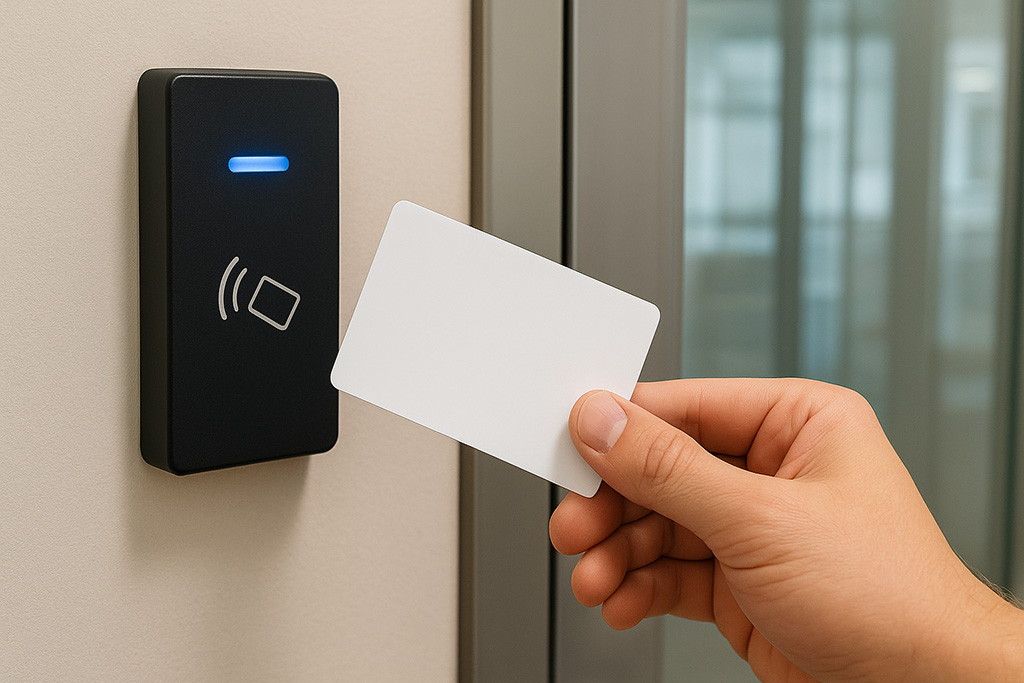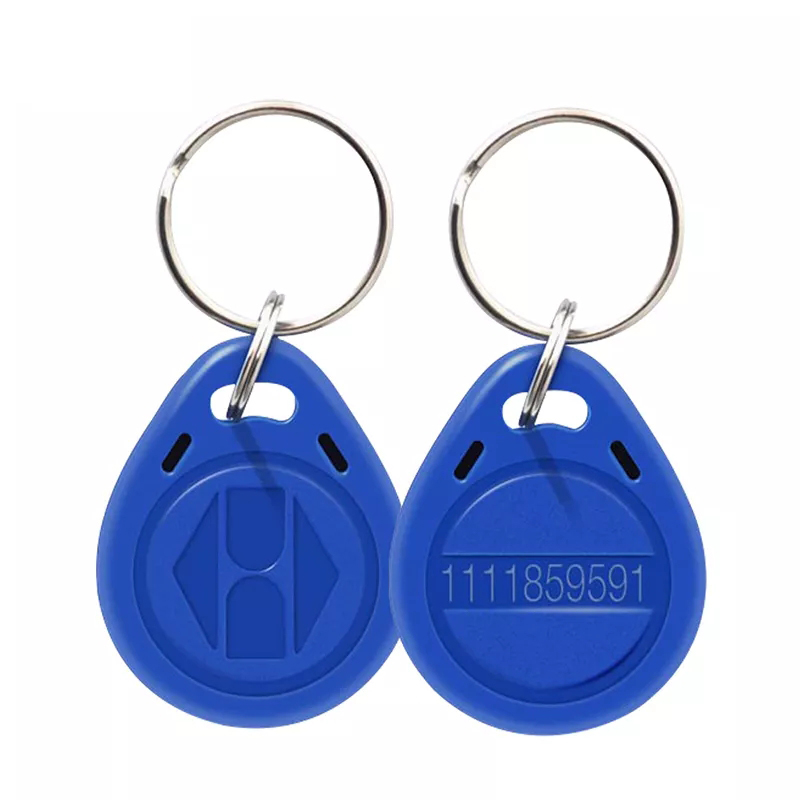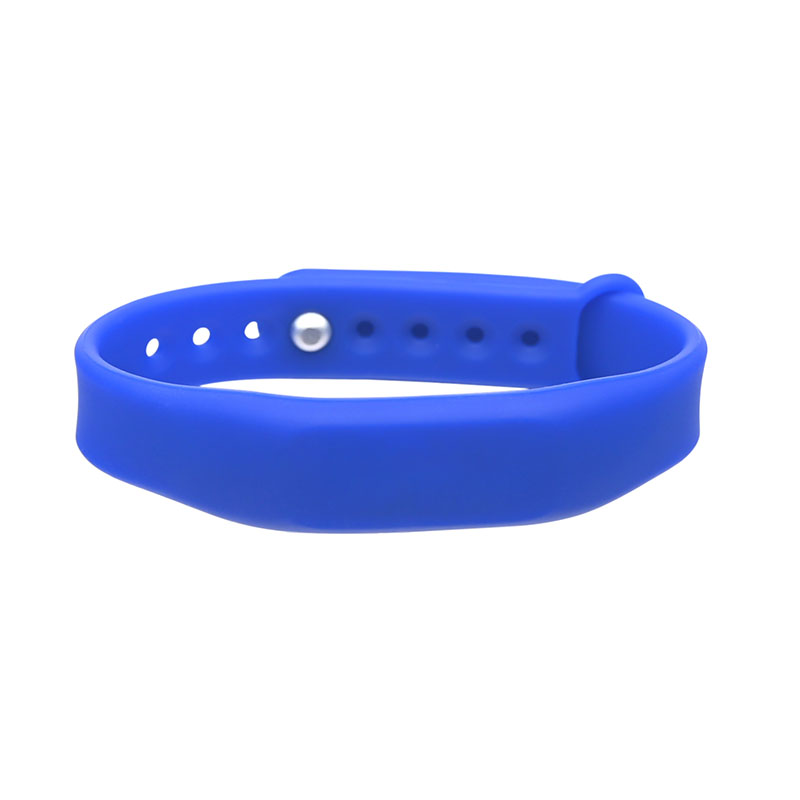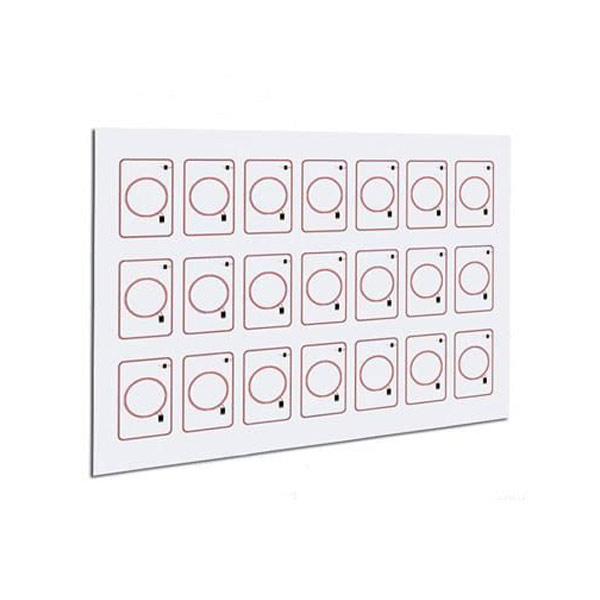
Access Control and identity verification systems have evolved dramatically over the past few decades. From traditional metal keys to magnetic stripe Cards, and now to highly secure Smart Cards, the methods by which organizations protect their facilities and verify user identities continue to adapt in response to rising security challenges and technological innovation. Today, a Smart Card is no longer just a piece of plastic with a chip—it is a sophisticated technology that combines encryption, multi-functionality, and integration capabilities. As businesses and institutions increasingly adopt security Card door Access systems, the Smart Card has become central to ensuring both safety and efficiency.
This article explores the past, present, and future of Smart Cards in Access Control. We will examine the structure and types of Smart Cards, discuss their advantages, and highlight how they are reshaping security infrastructure across industries.
The Evolution of Access Control and Identification Systems
The concept of restricting Access to physical spaces has existed since locks and keys were first invented thousands of years ago. Metal keys provided a simple mechanical solution, but they were prone to being lost, duplicated, or stolen. In the late 20th century, magnetic stripe key Cards revolutionized Access Control by allowing organizations to issue inexpensive, easily replaceable credentials that could be electronically programmed.
However, magnetic stripe technology quickly showed limitations. Stripes wore down from repeated swiping, Cards could be cloned with inexpensive devices, and their data storage capacity was minimal. As organizations demanded stronger security and more functionality, Smart Card technology emerged as the logical next step. Unlike earlier systems, Smart Cards incorporated microprocessors capable of encryption, authentication, and multifunctional applications, setting the stage for today’s digital identity ecosystem.
Why Smart Cards Are Replacing Traditional Keys and Magnetic Stripe Cards
The shortcomings of both mechanical keys and magnetic stripe Cards have paved the way for Smart Card adoption.
Keys are purely physical, making them easy to copy and offering no ability to track who entered a facility and when.
Magnetic stripe key Cards improved traceability but proved vulnerable to duplication and wear.
Smart Cards, in contrast, provide cryptographic security, flexible programming, and multi-application functionality. They also last longer and can integrate with broader digital ecosystems such as payment systems and biometric verification.
As a result, Smart Cards are increasingly the default standard for organizations that require both high-level security and convenience.
At its core, a Smart Card is a portable, pocket-sized Card—typically ID badge size (85.60 × 53.98 mm as defined by ISO/IEC 7810)—that contains an embedded integrated circuit.
A standard Smart Card consists of three main components:
Chip (Microprocessor or Memory Chip) – Handles processing and stores encrypted data.
Antenna (for contactless Cards) – Enables wireless communication via RFID or NFC protocols.
Protective Layer (Plastic or Composite) – Provides durability and allows for visual personalization (logos, employee photos, or security holograms).
Comparison with Magnetic Stripe Key Cards
While magnetic stripe key Cards rely on a simple magnetic strip that stores static data, Smart Cards can securely process, encrypt, and exchange information. This difference is crucial because:
A magnetic stripe can be cloned with a skimming device.
A Smart Card requires cryptographic authentication, making unauthorized duplication nearly impossible.
Smart Cards offer a significantly longer lifespan due to reduced wear compared to constantly swiped magnetic stripes.
The advantages of Smart Cards explain why they are being widely adopted in industries from corporate offices to hotels and universities.
1. Security
The most significant advantage is enhanced security. Smart Cards use encryption algorithms such as DES, 3DES, or AES to secure communications. They also include anti-tampering mechanisms, making it nearly impossible to copy or clone the Card. This ensures only authorized individuals gain Access to sensitive areas.
2. Durability and Longevity
Unlike magnetic stripe Cards, which degrade after repeated swipes, Smart Cards can last for many years. The chip is designed to endure thousands of read/write cycles, while the physical structure resists bending and environmental stress.
3. Scalability and Multifunctionality
Smart Cards are not limited to security Card door Access systems. They can also serve as:
Employee ID badges
Payment Cards within corporate cafeterias or vending machines
Authentication devices for computer logins
Transportation passes
This multifunctionality allows organizations to consolidate multiple credentials into one Card, reducing clutter and improving efficiency.
Smart Cards come in several forms, each suited to different applications.
1. Contact Chip Card
A contact chip Card requires physical insertion into a reader. This type is commonly used for secure financial transactions, where strong physical and logical authentication is critical.
2. Contactless Smart Card (RFID, NFC)
Contactless Smart Cards use radio frequency identification (RFID) or near-field communication (NFC) to communicate with readers. These are particularly popular in Access Control because they allow users to simply tap or wave the Card near a reader. They enable quick, frictionless entry, ideal for environments with high traffic such as office buildings and gyms.
3. Hybrid Cards
Hybrid Smart Cards combine contact and contactless technologies, offering the flexibility of both. This is especially useful for organizations that require a mix of physical Access Control and secure digital authentication.
Standardization ensures compatibility and reliability across devices and systems. The most widely recognized Smart Card standards include:
ISO/IEC 7816 – Governs contact Cards, covering physical characteristics, electrical interfaces, and communication protocols.
ISO/IEC 14443 – Defines contactless Smart Cards, including the popular MIFARE series widely used in transportation and Access Control.
Adherence to these standards ensures interoperability between different manufacturers and systems, a key factor for large-scale deployments.
Smart Cards are now integral to security Card door Access systems across industries:
Hotels: Contactless Smart Cards provide guests with secure, convenient room Access while allowing hotels to deactivate Cards upon checkout.
Gyms and Fitness Centers: RFID-based Cards streamline entry, membership validation, and even locker Access.
Corporate Offices: Employee badges serve dual roles as ID Cards and Access credentials, ensuring only authorized personnel enter restricted areas.
By combining Access Control with employee identification in a single ID badge size Card, organizations achieve both security and administrative simplicity.
Design and Personalization
Beyond functionality, Smart Cards also play a role in branding and user experience.
Custom printed RFID Cards allow companies to incorporate logos, corporate colors, and employee photos.
Security features such as holograms, microtext, or UV printing can be added for authenticity.
Personalized designs not only reinforce brand identity but also make credentials more difficult to counterfeit.
Thus, Smart Cards serve as both security tools and brand ambassadors.
The future of Smart Cards lies in integration with emerging technologies.
Smartphones equipped with NFC are increasingly replacing physical Cards. Digital credentials can be issued instantly, reducing administrative costs and enhancing convenience. However, Smart Cards are expected to coexist with mobile solutions, serving as a reliable backup in case of phone battery failure or technical issues.
2. Smart Cards with Biometric Authentication
Next-generation Access Control systems are combining Smart Cards with biometric identifiers such as fingerprints or facial recognition. In this model, the Smart Card acts as a secure storage device for biometric templates, ensuring data privacy while strengthening identity verification.
3. Integration with IoT and Cloud Systems
Future Smart Cards will interact with cloud-based identity management systems and Internet of Things (IoT) devices. This integration will enable centralized Control, analytics, and real-time monitoring of Access events across multiple facilities.
Conclusion
The evolution from keys and magnetic stripes to Smart Cards represents more than a technological shift—it reflects the growing importance of secure, efficient, and multi-functional identity systems in modern society.
Enterprises that transition to Smart Card systems gain robust security, enhanced durability, and the ability to integrate multiple applications into a single credential. Whether through custom printed RFID Cards that promote corporate branding or through advanced hybrid solutions that combine Access, payment, and authentication, Smart Cards deliver unmatched value.
As the world moves toward mobile Access and biometric integration, the advantages of Smart Cards will only become more evident. For organizations that prioritize security, convenience, and scalability, the future is clear: Smart Cards are not just the present of Access Control—they are its future.





